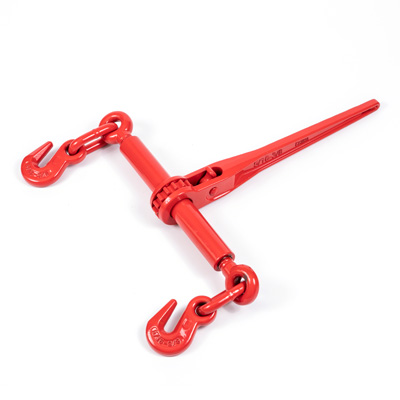Rigid Tiedown
A rigid tie-down is a type of tie-down system that uses rigid materials, such as metal chains or metal straps, to secure cargo during transportation. Unlike soft tie-downs, which use flexible webbing or straps, rigid tie-downs offer a more robust and sturdy solution for securing heavy or bulky items......
Send Inquiry
Product Description
A rigid tie-down is a type of tie-down system that uses rigid materials, such as metal chains or metal straps, to secure cargo during transportation. Unlike soft tie-downs, which use flexible webbing or straps, rigid tie-downs offer a more robust and sturdy solution for securing heavy or bulky items.
Rigid tie-down systems typically consist of chains, metal straps, or cables with hooks or other attachment mechanisms at each end. These tie-downs are designed to withstand high tension and resist movement or shifting of the cargo during transit.
To use a rigid tie-down, you typically attach one end of the chain or strap to a secure anchor point on the vehicle or trailer. The other end is then attached to a designated attachment point on the cargo being secured. This attachment point can be a specific location on the item itself or a structural component designed for secure attachment.
Rigid tie-downs are commonly used in commercial and industrial settings, particularly for transporting heavy machinery, construction equipment, or other large loads. They provide a high level of strength and durability, making them suitable for applications where additional security and stability are required.
When using rigid tie-downs, it's important to ensure that the tie-down system is appropriately rated for the weight and size of the cargo being transported. The tie-downs should be properly tensioned to secure the load effectively, and the attachment points should be structurally sound to prevent any failure during transit.
It's crucial to follow safety guidelines and regulations related to tie-down procedures to ensure the safe transportation of goods and prevent accidents or damage. Compliance with local laws and regulations regarding load securement is essential when using rigid tie-down systems.










